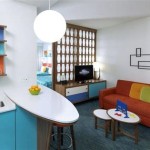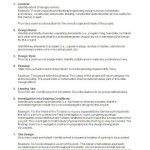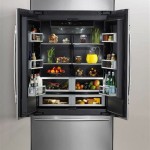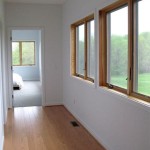Interior Design Mood Board Creator: Your Guide to Visualizing Your Dream Home
An interior design mood board serves as a visual blueprint for your space, encapsulating the desired aesthetic and style. It's a powerful tool for both designers and homeowners, enabling them to communicate their vision effectively and make informed decisions throughout the design process. However, creating a compelling mood board can be time-consuming and require a keen eye for design. Thankfully, the advent of interior design mood board creators simplifies the process, empowering users to bring their dream home to life with ease.
The Benefits of Using an Interior Design Mood Board Creator
Utilizing an interior design mood board creator offers several advantages, enhancing the design journey and making it more enjoyable and effective. Here are some key benefits:
1. Streamlined Design Process:
Mood board creators act as a central hub, streamlining the design process by providing a platform to gather inspiration, organize elements, and experiment with different design concepts. The intuitive interface and user-friendly features allow users to effortlessly explore various styles and palettes, facilitating informed decision-making.
2. Visual Communication:
Mood boards serve as a powerful tool for communication, visually conveying the desired aesthetics and overall vision to designers, contractors, and other stakeholders. This visual representation eliminates misunderstandings and ensures that everyone is on the same page regarding the design direction.
3. Enhanced Creativity and Inspiration:
Mood board creators provide access to a vast library of resources, including images, textures, colors, and furniture. This allows users to explore different design options and experiment with various styles, fostering creativity and inspiring fresh ideas. The ease of access to inspiration empowers users to push their design boundaries, leading to more unique and personalized spaces.
Types of Interior Design Mood Board Creators
The market offers an array of interior design mood board creators, catering to different needs and budgets. Here's a brief overview of the common types:
1. Online Platforms:
Many online platforms, such as Canva, Pinterest, and Adobe Spark, offer mood board creation features. These platforms often provide a wide range of templates, images, and design elements, allowing users to create professional-looking mood boards with ease. The availability of these platforms on various devices makes them accessible and convenient for both beginners and experienced designers.
2. Dedicated Apps:
Several dedicated apps, such as Plannify, Moodboard, and Roomstyler, focus specifically on interior design mood board creation. These apps offer a range of features, including image libraries, color palettes, and room planning capabilities, catering to the specific needs of interior design enthusiasts.
3. Physical Mood Boards:
While digital tools have gained popularity, creating physical mood boards remains a valuable technique. This involves utilizing physical materials such as fabric swatches, paint chips, and magazine clippings to create a tangible representation of the design vision. This hands-on approach allows for greater experimentation and a more tangible understanding of textures and colors.
Choosing the Right Mood Board Creator
Selecting the appropriate mood board creator depends on individual needs and preferences. Consider the following factors when making your decision:
1. Features and Functionality:
Assess the features and functionality of each platform or app, considering the tools and resources that best align with your design needs. Look for features such as image libraries, color palettes, room planning tools, and collaboration capabilities.
2. Ease of Use:
Prioritize user-friendliness and intuitiveness. The ideal mood board creator should be easy to navigate and use, regardless of your design experience level. Intuitive interfaces and clear instructions will streamline the design process.
3. Cost:
Consider the cost of each platform or app. Free options may offer basic features, while paid subscriptions provide access to more advanced tools and resources. Evaluate the value proposition and determine the best fit for your budget and requirements.
4. Integration with Other Tools:
If you use other design software or platforms, assess their compatibility with the chosen mood board creator. Seamless integration can enhance workflow and make the design process smoother, enabling you to effortlessly share your ideas and creations across multiple platforms.
Interior design mood board creators empower you to visualize your dream home, transforming your ideas into tangible representations that inspire confidence and guide the entire design process. Embrace the power of these tools and embark on a journey to creating a space that reflects your unique style and personality.

10 Best Mood Board And For Interior Designers Foyr

How To Make An Interior Design Mood Board 3 Easy Options Greenhouse Studio

Interior Design Moodboard Template Example Milanote

10 Best Mood Board And For Interior Designers Foyr

How To Create An Impactful Mood Board Without The Overkill Fohlio Interior Design Bedroom Teenage
Mood Board Creator Foyr

How To Make Design Mood Boards Use Them Decorate Your Home Love Grows Wild

Mood Board Creator 50 Mockups Disenos De Unas Portafolio Diseño Interiores

10 Best Mood Board And For Interior Designers Foyr

Moodboard Generator Create Stunning Mood Boards In Minutes








